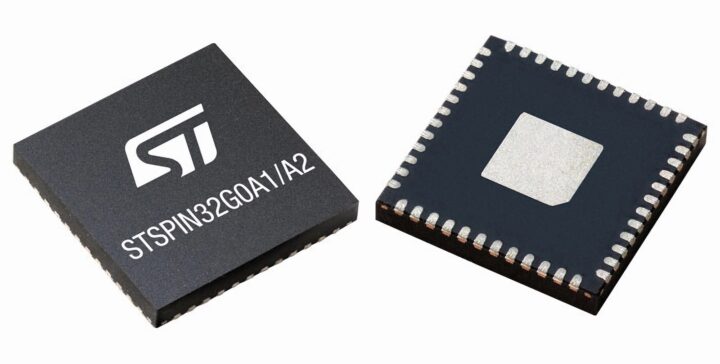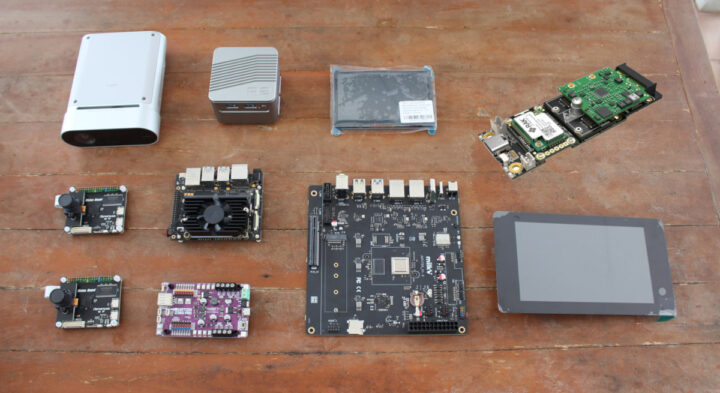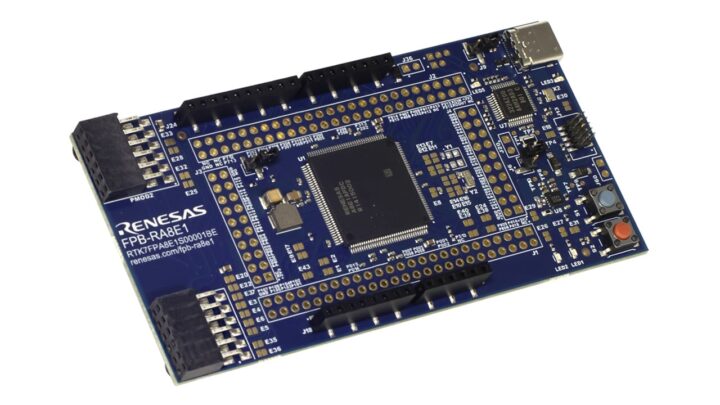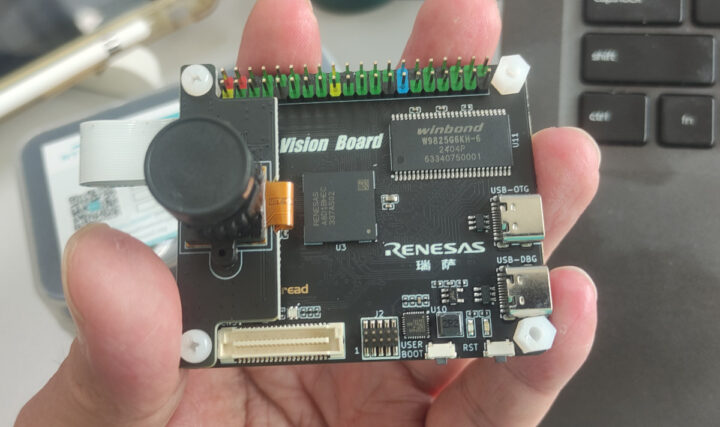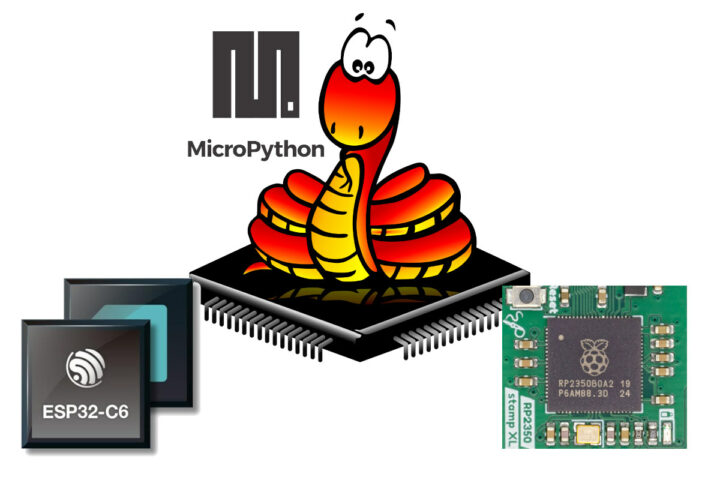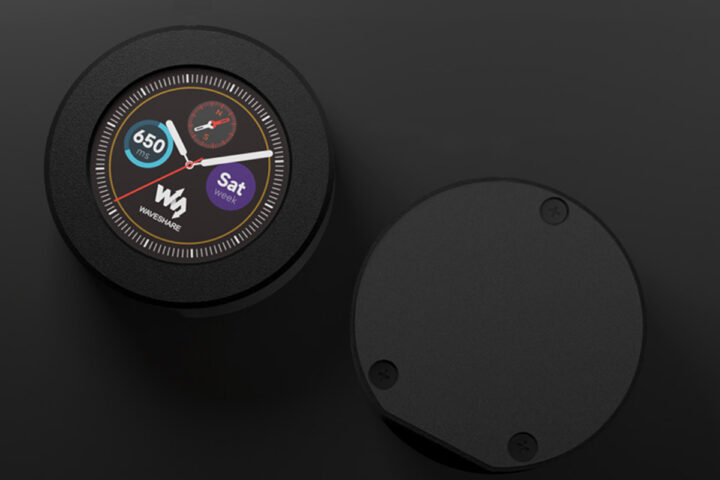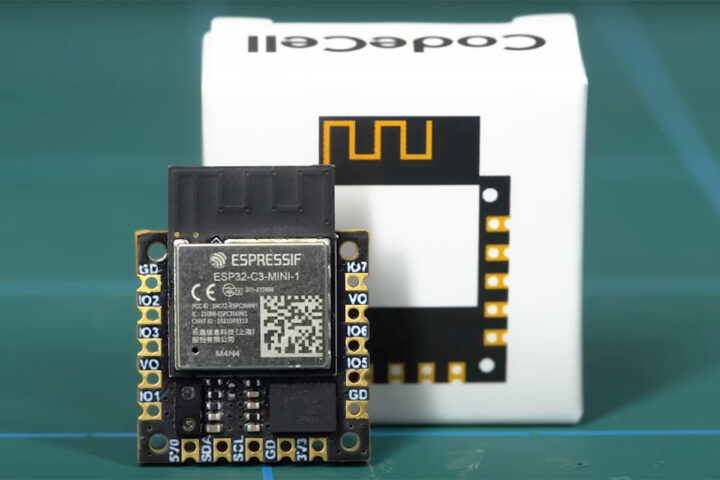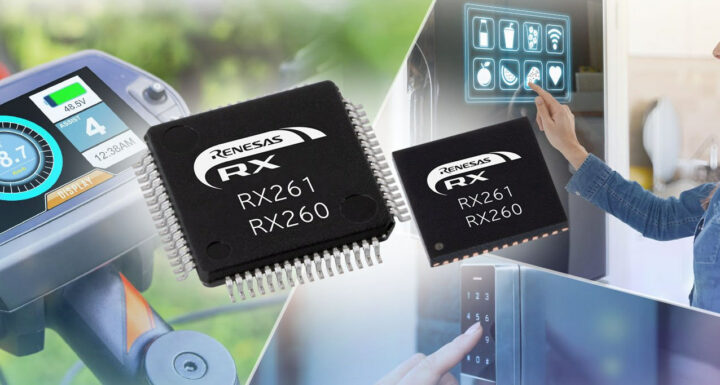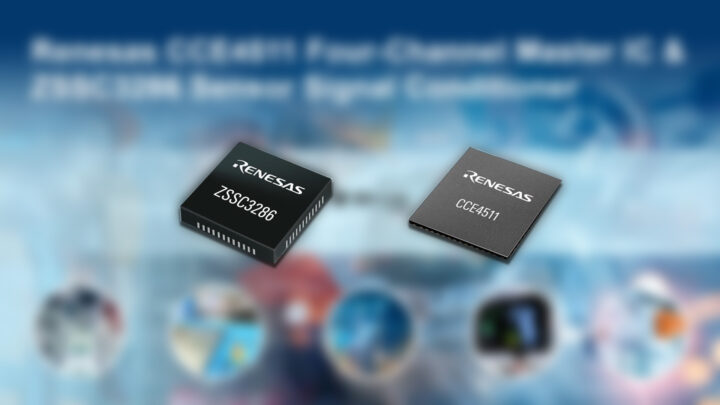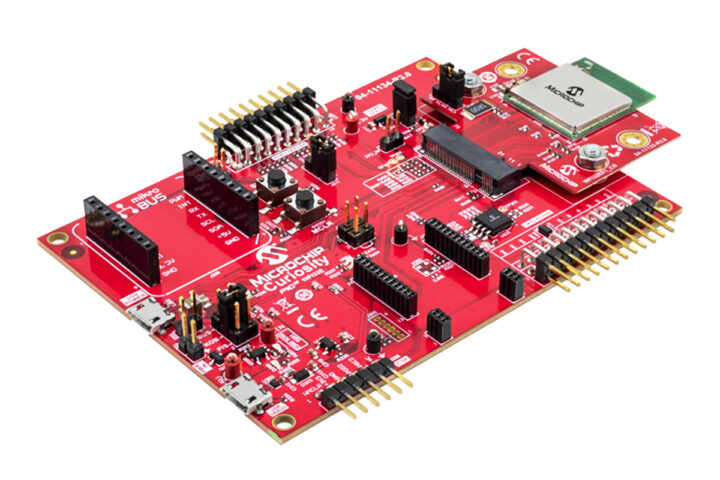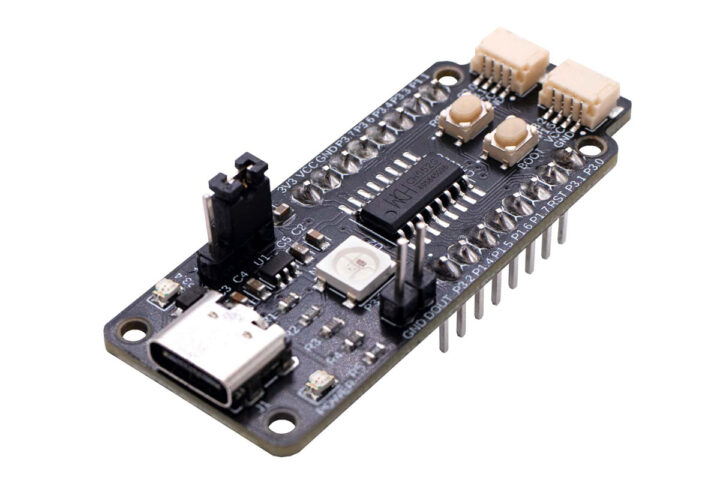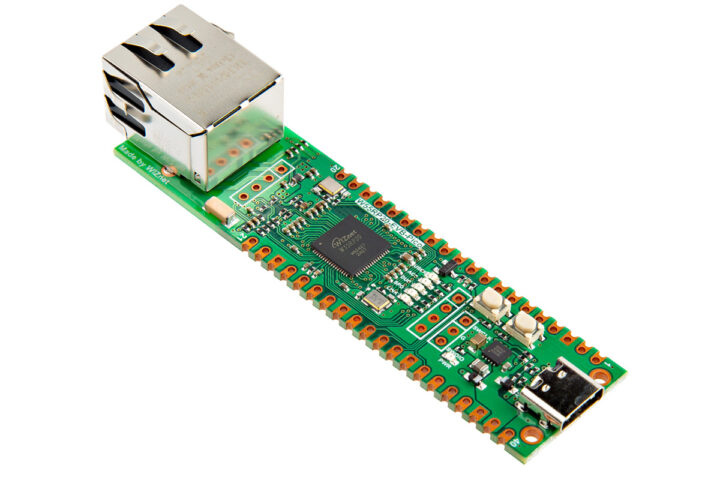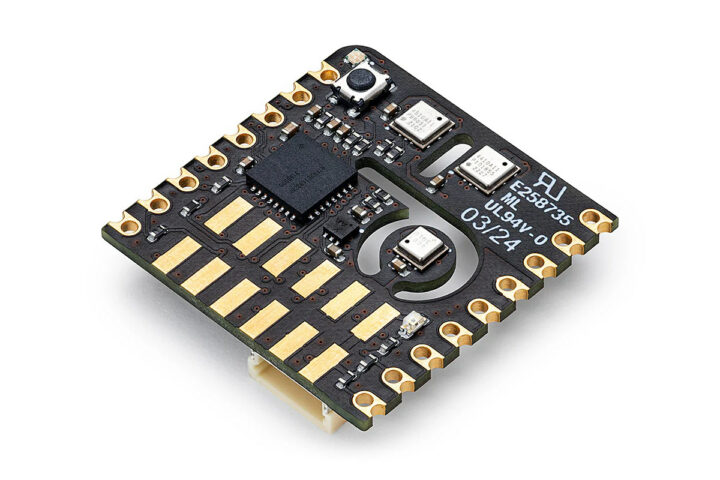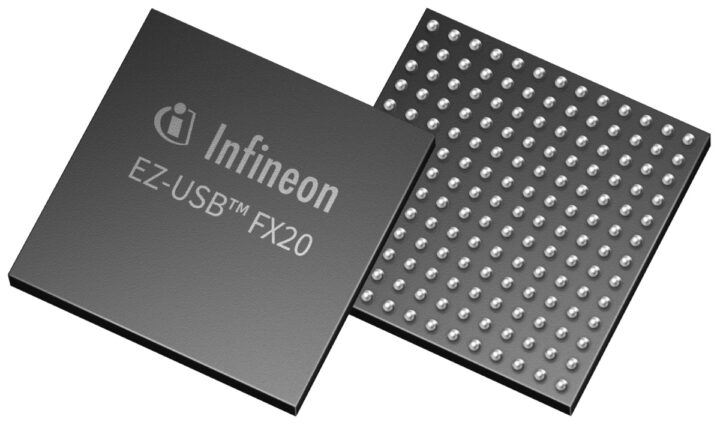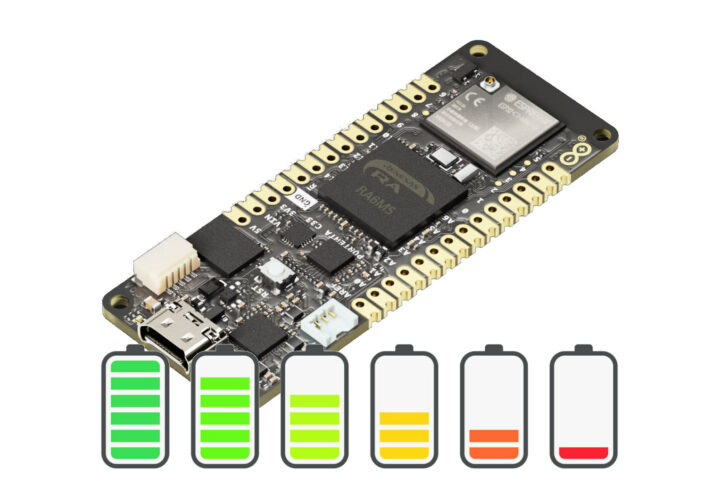216MHz GigaDevice GD32G5 Cortex-M33 MCU features analog interfaces and accelerators for industrial applications
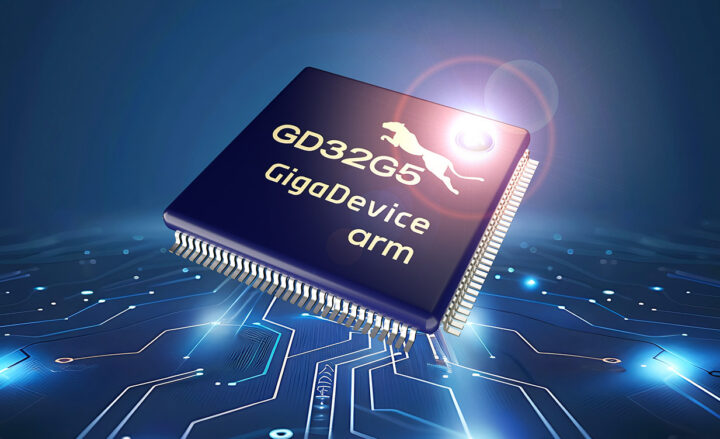
Starting with the GD32G553 SKUs, the 216 MHz GigaDevice GD32G5 high-performance Arm Cortex-M33 microcontroller family features 256KB to 512KB of embedded Flash with dual-bank Flash support, 128KB of SRAM, and a range of hardware accelerators including a DSP, single-precision FPU, a trigonometric function accelerator (TMU), and other hardware acceleration units, filter algorithms (FAC) and Fast Fourier Transform (FFT). Designed for industrial applications, the GD32G5 microcontrollers also offer a wide range of digital and analog interfaces and enhanced security capabilities suitable for digital power systems, charging stations, energy storage inverters, frequency converters, servo motors, and optical communication. GigaDevice GD32G5 specifications: MCU Core – Arm Cortex-M33 Armv8-M core clocked at up to 216MHz with DSP instruction set and single-precision FPU; up to 316 DMIPS, CoreMark score: 694. Memory/Storage 128KB SRAM (80KB SRAM0 + 16KB SRAM1 + 32KB TCMSRAM) 256KB to 512KB on-chip flash, QSPI interface for external storage External memory controller (EXMC) [...]
The post 216MHz GigaDevice GD32G5 Cortex-M33 MCU features analog interfaces and accelerators for industrial applications appeared first on CNX Software - Embedded Systems News.
